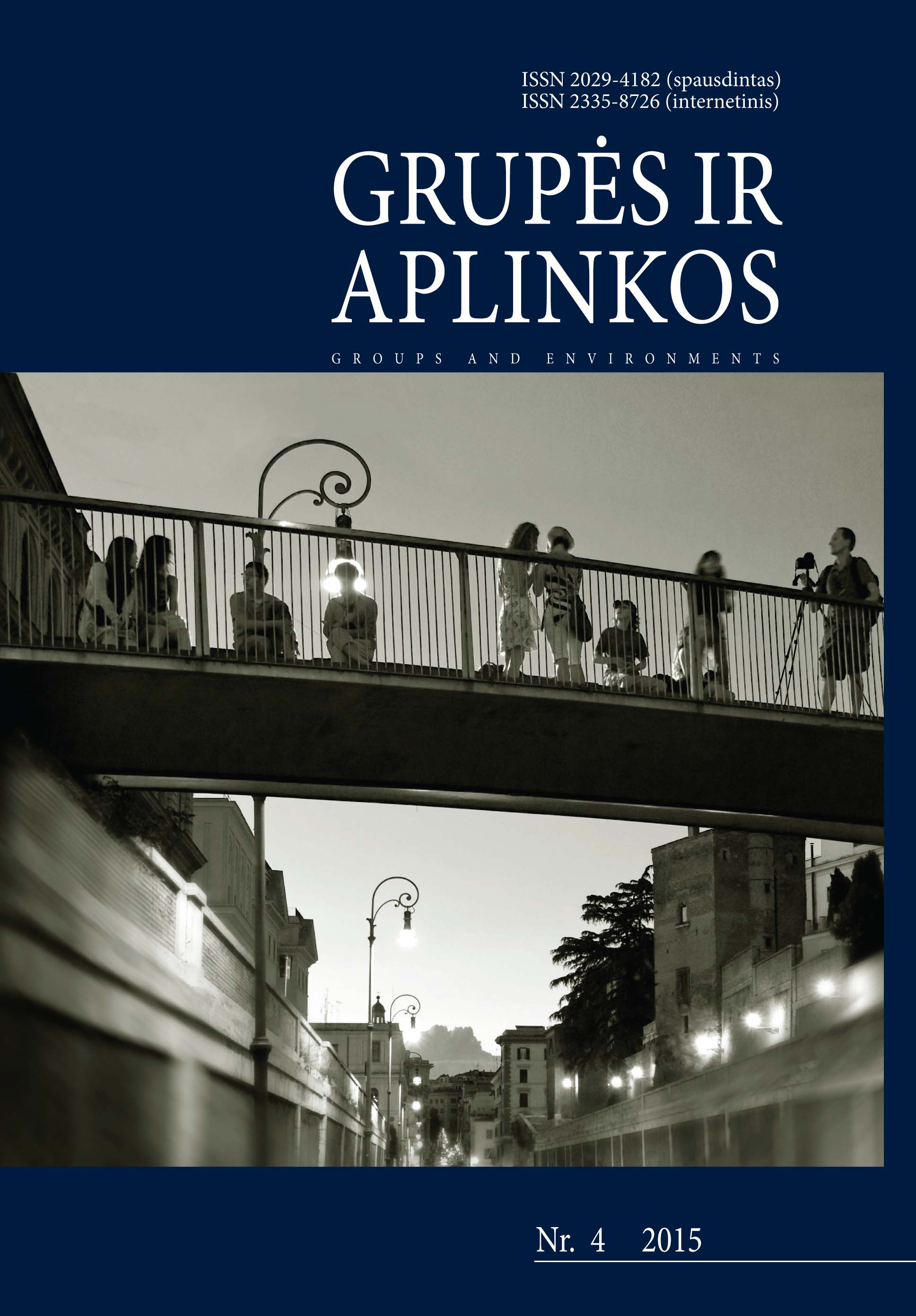Subalterno autonomiškumo analizė: dalitų studentų identiteto politika Indijoje
Subaltern Autonomy: Dalit Students’ Identity Politics in India
Author(s): Kristina GaralytėSubject(s): Anthropology
Published by: Vytauto Didžiojo Universitetas
Keywords: Subaltern; Untouchability; Dalits; Caste; Social movements; Identity politics; Hindu nationalism
Summary/Abstract: Based on the fieldwork yielding 24 unstructured in-depth interviews at universities of Hyder¬abad, India, the present paper analyses Dalit, known as the ex-untouchable, students’ identity politics from the perspective of Subaltern Studies. The focus on Dalit students’ cultural festivals provides a framework for the analysis and the conceptualisation of the subaltern’s autonomy. Dalit students venture to reconstruct their identity in cultural and historical terms by creat¬ing an ideological framework for the establishment of an alternative “counter culture” which is infused and fused with negative anti-Brahmanical, anti-Hindu and anti-nationalist connota¬tions, as well as claims for cultural difference. On the other hand, the desired cultural differ¬ence is achieved through re-interpretation of the dominant Hindu culture. Paradoxically, Dalits achieve the aim of cultural differentiation through becoming part of the dominant discourse paradigm. Otherwise stated, the Dalit “counter culture” is directed against Hindu nationalist discourse, but the “counter culture” manifests and represents itself through symbols of the dom¬inant discourse. This paradox evokes the dichotomous view posited by the Subaltern School. The dichotomy is posed as a question: whether the subaltern embodies autonomous culture and politics (Guha, 1988) or whether the subaltern is inevitably an effect of the logic of the dominant discourse. The latter relates to Gayatri Spivak’s question “Can the Subaltern Speak?” (Spivak, 2006). By illustrating the reciprocal relationship between the dominant and the dominated, and the inevitable entanglement with each other, this article assumes a reciprocal understanding of social relations between subalternity and domination as continuously constituting each other (Chatterjee, 1993; Prakash, 1994; O’Hanlon, 1988).Straipsnyje, grindžiamame Haiderabado (Indija) universitetuose atlikto lauko tyrimo duome¬nimis, analizuojama dalitų (neliečiamųjų) studentų identiteto politika per subalterno studijų teorinę paradigmą. Dalitų studentų rengtos šventės yra parankus atvejis atliekant subalterno au¬tonomiškumo analizę, nes atskleidžia prieštaringą studentų pasirinktą strategiją. Dalitai studen¬tai, pasitelkdami įvairius kultūrinius, istorinius ir politinius išteklius, rekonstruoja savo išskirti¬nę kultūrinę tapatybę, formuodami ideologinę paradigmą, persmelktą „neigiamų“ sentimentų, nukreiptų prieš brahmanišką hindų nacionalizmo diskursą. Kartu šis kultūrinio savitumo siekis įgyvendinamas „teigiamai“ perinterpretavus dominuojančią hinduizmo kultūrą, kas savaime įtraukia dalitus į tą patį dominuojančio diskurso įtakos lauką. Šis dvilypis prieštaringas požiūris į įsivaizduojamąjį „kitą“ leidžia sieti empirinio tyrimo medžiagą su vienu esminiu subalterno studijų klausimu – ar subalternas įkūnija nepriklausomą kultūrinį ir politinį diskursą (Guha), ar visgi savaime yra neišvengiama dominuojančio diskurso dalis (Spivak). Atskleidžiant abipusį dominuojančiojo ir pavaldžiojo santykį ir neišvengiamą jų susisaistymą, remiamasi nuolat vie¬nas nuo kito priklausančių socialinių dominavimo ir pavaldumo santykių samprata (Chatterjee, Prakash, O’Hanlon).
Journal: Grupės ir aplinkos
- Issue Year: 2015
- Issue No: 4
- Page Range: 49-76
- Page Count: 28
- Language: English

